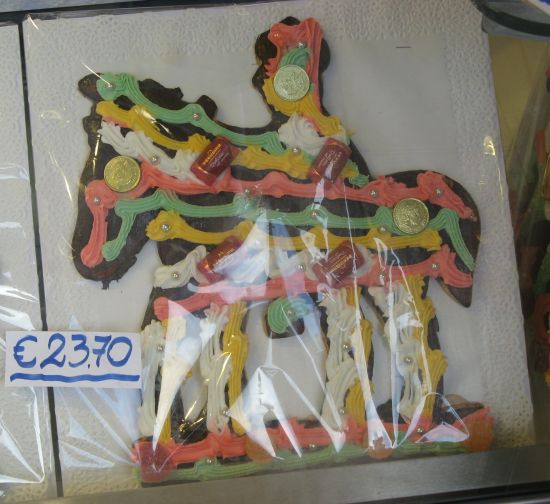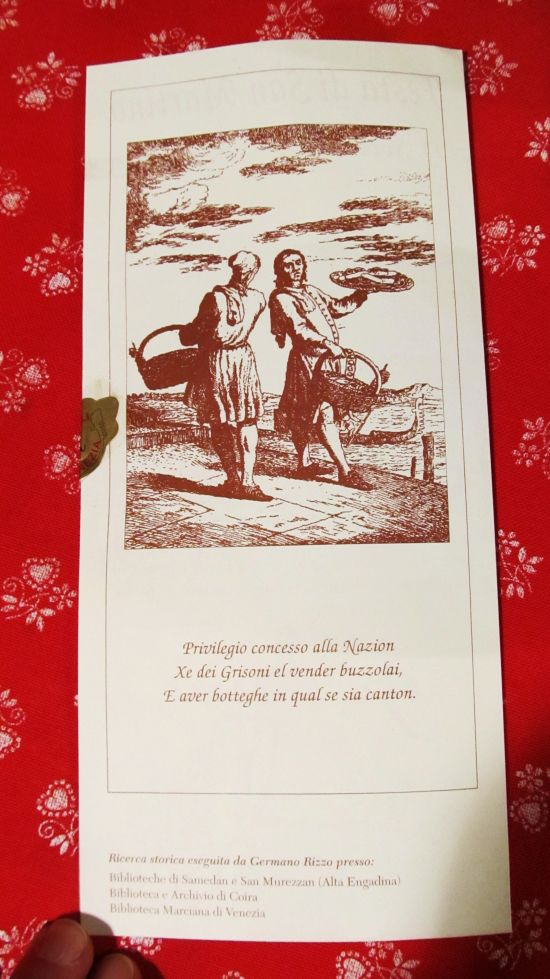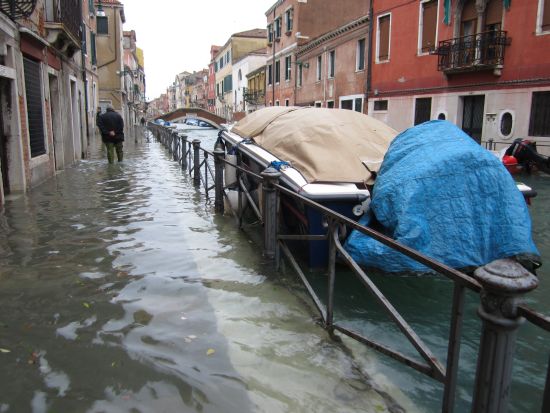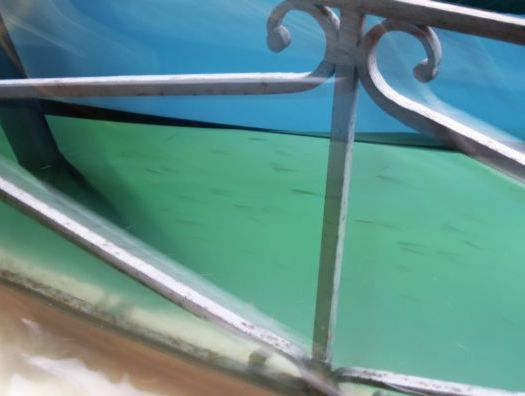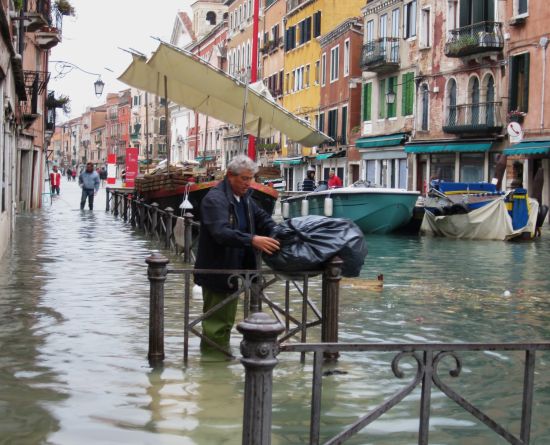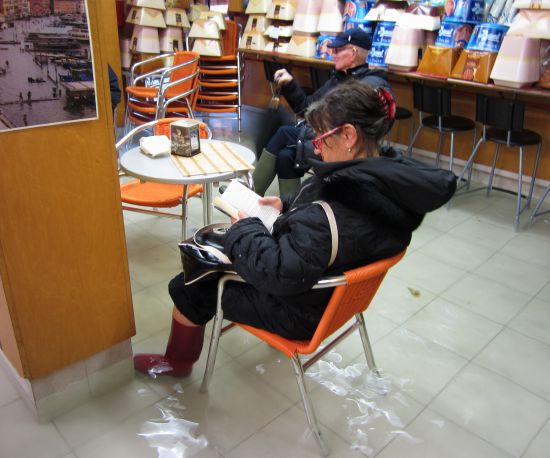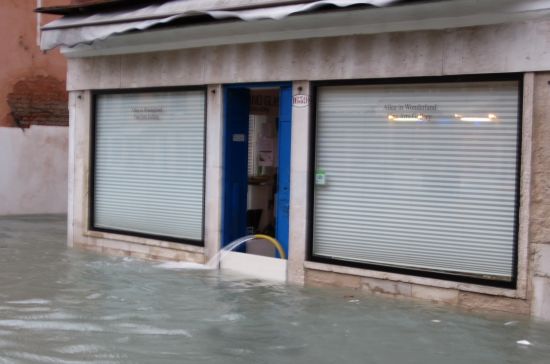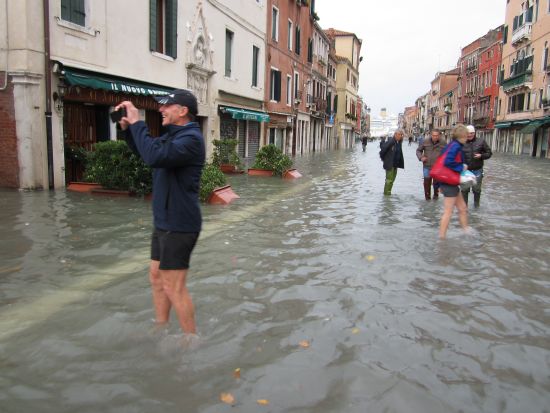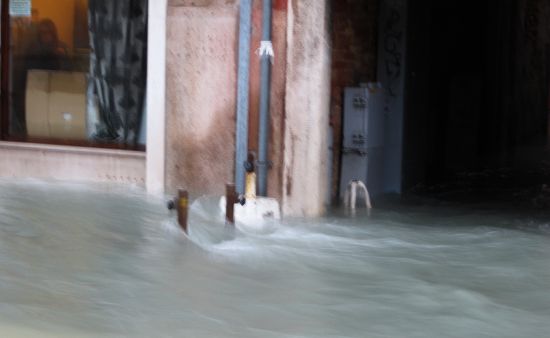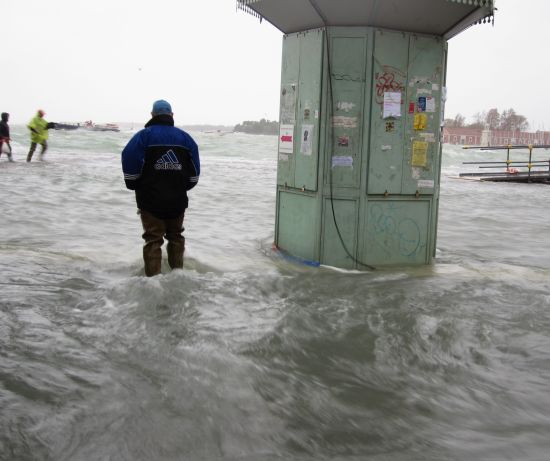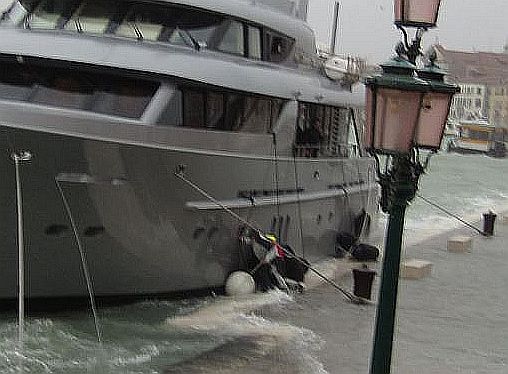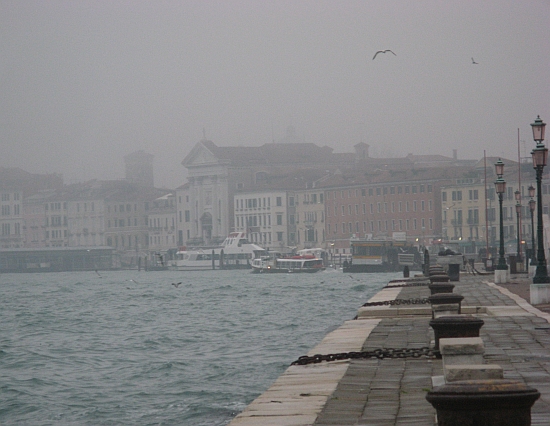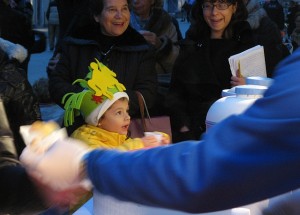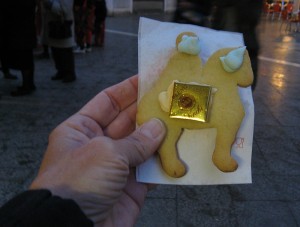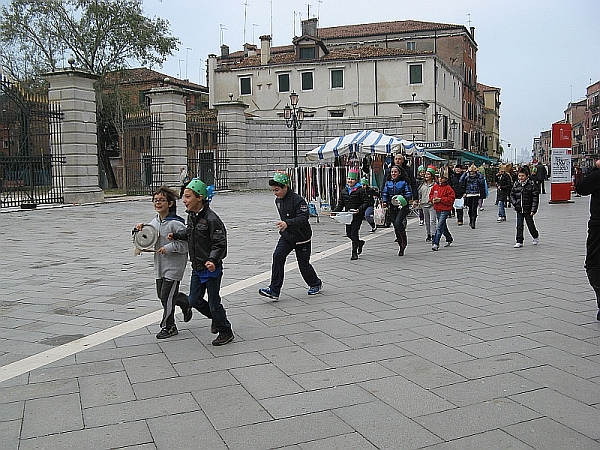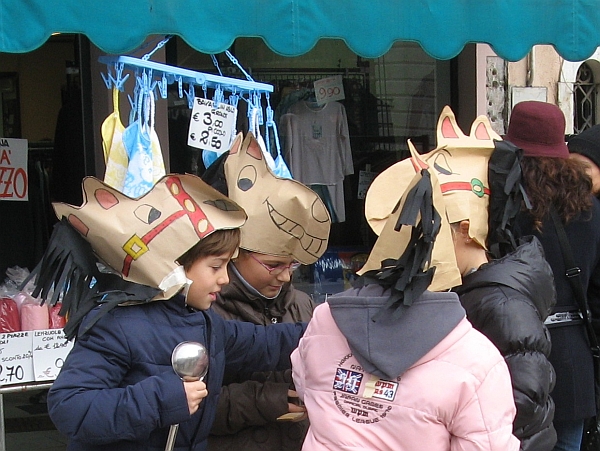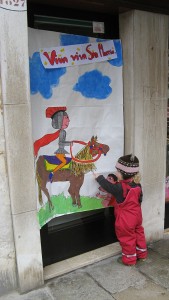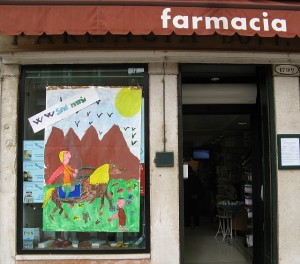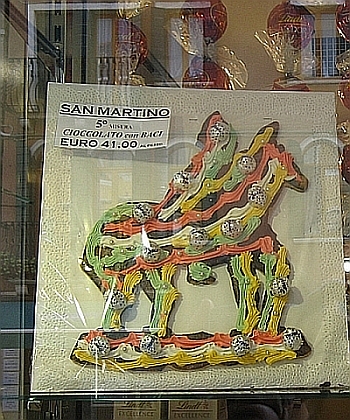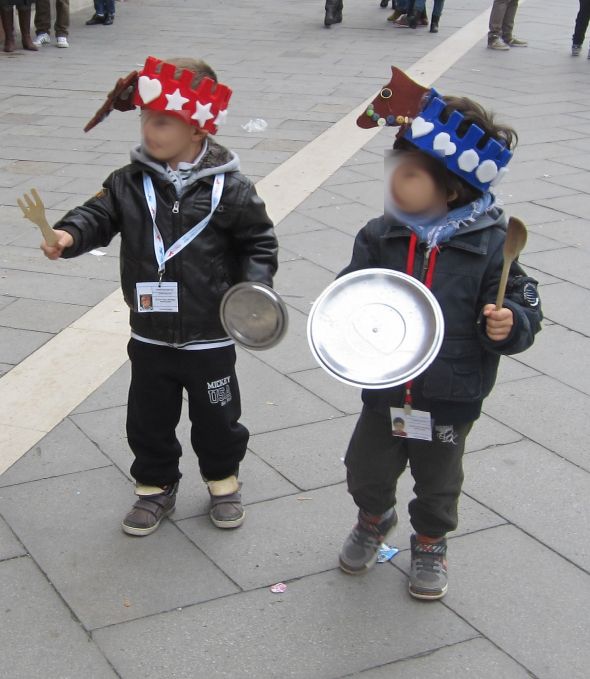
As I have noted in various other circumstances, the following is one of my most favorite expressions, and I’m sorry to say that nearly every day something happens to illustrate its profound truth.
El diavolo fa e tece ma no i coverci (el dee-AH-volo fa eh TEH-cheh ma no ee co-VER-chee). The Devil makes the pots, but he doesn’t make the lids. Sooner or later, the flaws in whatever fantastic and usually highly sketchy project or idea you’re involved in are going to be discovered. The jig will be up.
Small-, medium- and big-time criminals are astonishingly prone to cook their schemes in lidless pots. Perhaps nobody has explained the importance of keeping them thoroughly sealed, like a pressure-cooker. Perhaps they don’t believe the Devil would ever play a dirty trick on them, seeing that they’re so busy at it themselves. Here are some recent illustrations of how this works.
The bicycle-racing champion. With apologies to Sir Walter Scott, I have to ask: Breathes there a man (or woman) with soul so dead, who never to himself hath said, “I’m going to call in sick today and go get my hair highlighted”? If such there be, he is not Marshal Roberto Ambrosi of the Air Force, because instead of asking for sick leave and then going to the salon, or the Casino, or some other place of amusement, he decided to enter the World Championship of Mountain Biking.
So far, so possibly anonymous. Except that he won the race and the gold medal, and the published image of him crossing the finish line with arms upraised all combine to make one heck of a kitchen utensil to leave uncovered, because he had requested eight days of sick leave which he spent training, and not lying on the sofa consuming hot liquids and taking his temperature.
Sick leave is usually linked to some ailment, as I understand it, so the bike training is awkward. The court in Verona, which has jurisdiction, maintains that either an ailment didn’t exist, or wasn’t sufficiently severe to warrant sick leave. If he indeed was ailing, and if it netted him a gold medal in a fairly strenuous sport, we’d all like to know how to catch whatever it is.
His defense maintains that he never claimed to have an ailment. Seeing that this ought to be a point which would be phenomenally simple to determine — look at the request form, which somebody must have signed? — there must be something more going on here. His lawyer attempts to gain ground by also pointing out that the race was held on a Sunday (time off, by definition), though I myself see no link between eight misidentified days of leave and whatever the accused did on Sunday. It all makes nit for the legal experts to pick.
I should mention that the race was held last year, so I’d give Marshal Ambrosi five extra points for succeeding in not being discovered for a fairly long time. Points which I am compelled to withdraw for the fact that any of this ever happened in the first place.
The get-in-line thieves: Three men go out to rob a bar in Martellago, just up the road (this is not the beginning of a joke. Or maybe it is). It’s 4:00 AM, which as we all know is the perfect time for robbing bars. This trio had demonstrated this fact on a number of other occasions. So it was understandable that they were a little peevish when, just as two of them were cutting open the security shutters on the door, some other guys showed up.
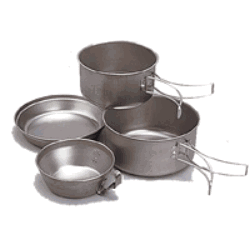
The third thief, who had been stationed as a lookout for the police, was quick to cut them short. “Hey,” he snapped — “We got here first.” Beat it, in other words, leave us in peace and go rob some other bar.
Except that the “other guys” were Carabinieri in plainclothes. The three bandits figured this out as the handcuffs snapped around their wrists. Good going, lookout! We need to take you with us again!
This would be a too-perfect example of another of my favorite sayings: No xe da portarte a rubar (no zeh dah por-TAR-teh ah roo-BAR). Roughly: “You’re not someone I’d take with me to steal something.” This phrase is useful for any moment in which a person spontaneously does or says something which ruins whatever project you had going in another direction. For example: Your boss calls you at home and your wife answers and says, “Oh, he’s not home right now. He’s out all day training on his mountain bike for the world championship.” The husband would be justified in telling her that she’s just the perfect person to take along for the heist.
Or how about this, a true story from Lino’s past as an airplane mechanic at Marco Polo airport. He was working aboard a plane with a group of guys and they decided to kick back and take a break. So they picked one man and told him to stand at the doorway of the plane and tell them if the boss was coming. The boss does indeed come; he walks up the steps and asks the lookout, “What are you doing?” And the lookout says, “I’m standing here watching to see if you’re coming so I can tell the guys inside.” Not made up.
To return to our trio: The fact that the investigators then went to the culprits’ homes and recovered all sorts of stolen stuff from other jobs is just the proverbial cherry on the cake, as they say here.
What will live in history is the blinding flash of brilliance of the indignant lookout invoking “honor among thieves” — First come, first served. Don’t jump the line. Take a number. — to the Carabinieri.
The jealous, potentially flammable, ex-husband. This anecdote will not inspire mirth (I hope), though it certainly made me move my lips in a smile-like way as I paused to dwell on the inscrutable workings of Providence.
One evening not long ago, here in the most beautiful city in the world, a Romanian man was out stalking his wife. She had endured far too much abuse, from physical attacks to the loss of all their money due to his gambling addiction, and in 2011 they separated, then reconciled. They left the children with the grandparents in Romania and came to Italy to start over. Before long, the only operative word for them was “over.”
She left him, and moved from Padova to an undisclosed address in Venice. She got a job as a waitress at a bar-disco called Il Piccolo Teatro in Campo San Lorenzo.
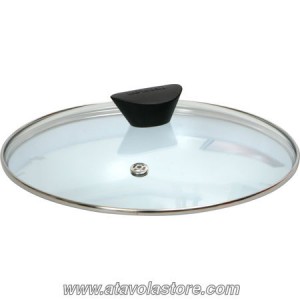
But none of this spelled “Forget her, she never wants to breathe the same air as you” to the rejected husband. He began to cultivate the conviction that she was having an affair with her boss, and also that her boss was making her work as a prostitute. Having not had much success with the stalker’s usual barrage of phone calls, messages, and threats, he found out where she worked (I never understand how stalkers discover these details), and decided to settle the matter in person.
He filled a bottle with gasoline, took the train from Padova to Venice, and waited near the entrance to the bar for her to show up for work. Which she did, shortly before opening time at 10:30 PM, along with her boss and another employee.
The ex-husband then splattered gasoline over her, her boss, and himself, cried “You’re going to burn with me,” and took out a lighter. Screams and confused phrases ensued, during which time he would flick the lighter on, then close it.
Now we get to the good part. It just so happened that at that very moment the chief of police, Vincenzo Roca, was walking home, close enough to the scene to smell the gasoline and hear the hysterical screams of the woman. He instantly intervened, managed to convince the man to give him the lighter, then called the mobile squad to come take him away.
The police chief lives in the palatial police headquarters which are literally just across the canal from Campo San Lorenzo ((cue Inscrutable Providence!). What are the odds of all this? Set aside the amazing fact that it was the chief himself who witnessed the scene in time to avoid horror — what sort of deranged ex-husband decides to try to kill his wife directly in front of the police station?
During the two hours of interrogation which followed, he maintained that he never intended to kill anyone, that his wild scenario was merely to get his wife’s attention and, having accomplished that, to convince her to quit working and come back to him. If I were soaked with gasoline, the only thing a lighter-wielding man could convince me of would be that he is criminally insane. But that’s just me.
He is now in prison, accused of attempted homicide, and for stalking. The judge for the preliminary hearing wasn’t convinced that he needed to be kept locked up for the first count (you don’t think he would try again? Really?), but did leave him in the clink for the stalking. Whatever works.
Gold stars to police chief Roca! And kudos also to Inscrutable Providence, whose message to the man by now must be extremely scrutable: (A) Do not attack anyone in front of the police station, (B) Do not attack anyone, period, and (C) Go somewhere far away and start your life over. Ideally in a magical realm where all the pots have lids.


